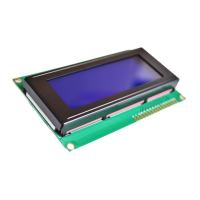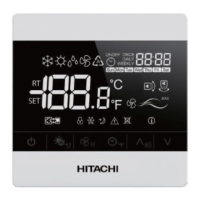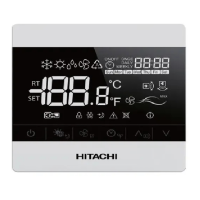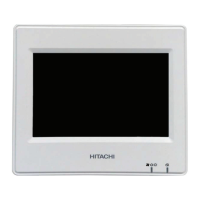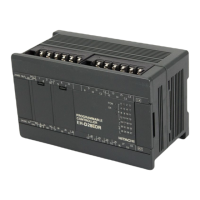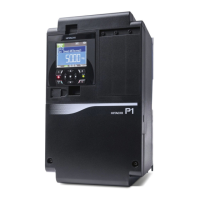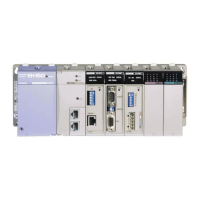16
2-3-4 Power Consumption
When calculating the in-board temperature rise of the control board, switchboard, etc., the power consumption of
the equipments used must be considered. The power consumption of the starter and contactor is given in Table 12.
Table 12. Power consumption
Power consumption (W) Frame Contact
resistance
(mΩ)
contactor starter
Condition of current
(Rated operational
current)
H8C~12
HS8,HS10
3.8 ~ 8.1 6 10 12
H20,HS20 3.6 ~ 5.2 10 14 20
H25,HS25 2.9 ~ 4.3 13 16 26
H35,HS35 1 .7 ~ 2.5 14 22 35
H50,HS50 1 .6 ~ 2.2 23 30 50
65C 0.6 ~ 1.2 22 37 65
80C 0.6 ~ 1.0 29 44 80
100C 0.6 ~ 1.0 40 55 100
125C 0.6 ~ 1.0 57 72 125
150C 0.3 ~ 0.6 48 63 150
200C 0.2 ~ 0.5 57 61 180
250C 0.2 ~ 0.5 95 99 240
300C 0.2 ~ 0.4 118 122 300
400C 0.2 ~ 0.4 202 206 400
600C 0.2 ~ 0.4 446 450 600
Remarks: 1. The contact resistance was measured between the terminals of the power source and
the load sides after the 50 thousand cycle electrical endurance test.
2. The power consumption of the contactor represents the sum of power consumption
of the current-flowing section and the coil, and the power consumption of the starter
represents the sum of power consumption of the contactor and thermal overload relay.
2-3-5 Endurance to Over-current
When the squirrel-cage motor is direct-on-1ine started, a starting current of 5 to 6 times the rated current flows for 1
to 2 seconds, and in some of the load types, such a current may flow for longer than 5 to 6 seconds. The thermal
overload relay works at overload and the circuit is broken, during which an over-current exceeding the rated current
flows. Accordingly, it is necessary to select the starter, fuse, breaker, etc. corresponding to the load characteristics,
and also to know the endurance to over-current.
In Fig. 15, they indicate the allowable times for which the cont actor can be continuously used although the
temperature rise of contacts is more than the specified value in standard. Note that after the large current flows, a time
interval of more than 2 hours should be provided.
(Note: The endurance to over-current does not depend on power source voltage.)

